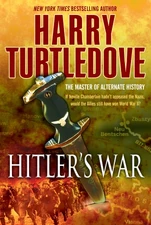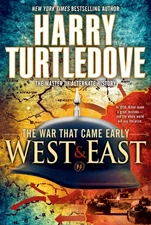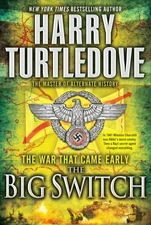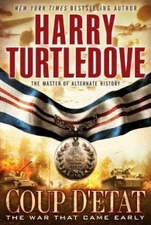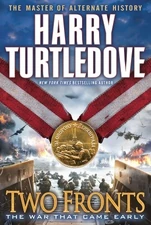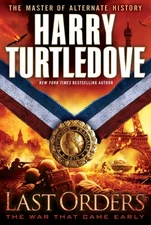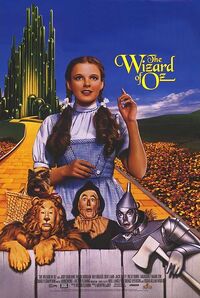
The Wizard of Oz is a 1939 musical fantasy film produced by Metro-Goldwyn-Mayer, telling the story of how a Kansas farm girl and her small dog must find their way home from a childishly surreal fairy kingdom, while helping other characters fulfill their lives' purposes. The film stars Judy Garland, Ray Bolger, and Margaret Hamilton, and was adapted from the 1900 children's novel The Wonderful Wizard of Oz by L. Frank Baum. The soundtrack by Harold Arlen and E.Y. "Yip" Harburg includes "Over the Rainbow," voted the most-loved movie song of all time in 2004; "If I Only Had a Brain/a Heart/the Nerve;" "If I Were King of the Forest;" "In the Merry Old Land of Oz;" and "Ding-Dong! The Witch Is Dead!" The film also experimented with what was at the time the state of the art of Technicolor. It had the largest budget of any film produced by MGM up to that time, and was initially a box-office failure. However, it recouped the studio's investment on re-release later in 1939.
The Wizard of Oz received a number of Academy Award nominations, including Best Picture, (losing to Gone with the Wind). The only Oscar it won was for Best Original Song ("Over the Rainbow"). In 1989, the film was selected for preservation by the National Film Registry as being "culturally, historically, or aesthetically significant". A 1996 study by the Library of Congress estimated that it has been watched more times than any film in history.
The source novel is in the public domain. The film is protected by copyright until January 1, 2035.
The Wizard of Oz in Southern Victory[]
A story about the Wicked Witch of the North had become a proverbial part of American popular culture by 1941. When George Enos Jr. returned home to his wife Connie after a fishing voyage aboard Sweet Sue, he thought he would be eager for her body even if she looked like the witch from the story.[1]
Literary comment[]
The Witch story isn't specifically connected in the text with L. Frank Baum, although this author is referenced elsewhere in The Victorious Opposition. The original Oz story had an important plot point about the Wicked Witches of the East and of the West, suggesting that the story in George's mind is an analog. The book's sequel featured a Wicked Witch of the North.
The Wizard of Oz in The War That Came Early[]
In the summer of 1940, a movie house in Shanghai showed a re-release of the previous year's The Wizard of Oz. Vera Kuznetsova convinced Pete McGill to take her there on a date. McGill would not have chosen to see the movie himself, but was impressed by the high production value. Having read L. Frank Baum's work as a child in New York City, he had some idea of the plot. Vera did not, and was riveted by every scene.
Unfortunately, the decision to attend this movie proved disastrous, as this theater had been targeted by terrorists affiliated with the Chinese Communist Party. They detonated a bomb inside the theater at the point in the movie when the protagonists, having survived the dangerous poppy field and finally being within sight of the Emerald City, are running toward that impressive city. McGill suffered severe injuries from the bomb, and Kuznetsova was killed instantly.[2]
See also[]
- The Wonderful Wizard of Oz (1900 novel) at the Oz wiki.
- The Wizard of Oz (1939 movie) at the Oz wiki.
- The complete text of the novel at Project Gutenberg.
References[]
- ↑ The Victorious Opposition, pg. 450, HC.
- ↑ The Big Switch chapter 14.
| ||||||||||||||||||||||












